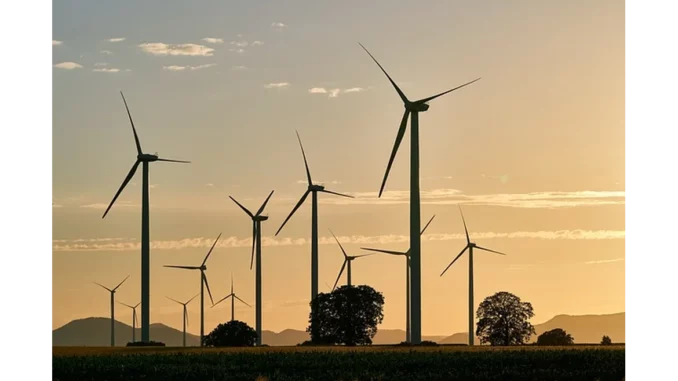
Marcia Snyder sits down with Tom, an established figure in the energy consulting sector. As the gentle hum of the coffee shop surrounds them, Marcia can’t help but notice Tom’s enthusiasm for the topic at hand—Display Energy Certificates (DECs). These certificates, as Tom explains, are not just bureaucratic necessities but are pivotal in driving energy efficiency across the country.
Focus360 Energy: property compliance services – pre-planning to post-construction. Learn more.
Tom begins by outlining the fundamental purpose of DECs, which are mandatory for public buildings exceeding 250 square metres. “It’s an obligation,” he stresses, “but more than that, it’s an opportunity to showcase energy efficiency.”
The conversation delves into the specifics. DECs are required to be prominently displayed at the main entrance of the building, no smaller than an A3 sheet. This visibility, Tom mentions, is crucial. “Think about it, Marcia. A DEC is like a report card for a building’s energy performance. It’s there for everyone to see—staff, visitors, and stakeholders. It holds the building accountable.”
For larger buildings over 1000 square metres, the need for annual renewal of the certificate ensures that energy performance remains a priority. Meanwhile, smaller buildings enjoy a decade-long validity period. Tom highlights how this system encourages continuous monitoring and improvement of energy usage. “The annual renewal for larger buildings is particularly effective,” he notes. “It prevents complacency and encourages ongoing energy-saving initiatives.”
Tom compares the energy rating displayed on DECs to the familiar energy labels found on household appliances. “It’s a universal language of efficiency,” he says. The scale ranges from A to G, with A representing the highest efficiency and G the lowest. This straightforward system allows for easy comparison between buildings, a feature Tom considers invaluable. “When you can compare the energy efficiency of, say, a hospital to a library using the same yardstick, it opens avenues for benchmarking and setting realistic improvement goals.”
One of the critical factors in the efficacy of DECs is the standardised method of assessment, ensuring consistency and reliability across the UK. Tom praises this system, explaining that it levels the playing field. “Every building is assessed using the same criteria and assumptions. It’s fair, and it provides a genuine picture of how energy is used.”
Marcia is curious about the broader implications of these certificates. Tom is quick to point out that DECs do more than just inform. They empower. “An informed public can push for change. When people see a low energy rating, it sparks a conversation. Why is it low? What can be done to improve it?”
The conversation shifts to the role of accredited energy surveyors in this process. Tom describes these professionals as the unsung heroes in the quest for sustainability. “They bring expertise and integrity to the table. Their assessments are not just about ticking boxes—they’re about identifying opportunities for real energy savings.”
Tom concludes by reflecting on the potential benefits for clients who embrace DECs. Beyond compliance and avoiding fines, which can be a significant motivator, there’s a wealth of advantages. Increased efficiency often leads to cost savings on energy bills, a point not lost on budget-conscious public institutions. Furthermore, improving a building’s energy rating can enhance its reputation and appeal, which can be particularly advantageous for public-facing establishments.
Marcia leaves the conversation with a deeper understanding of Display Energy Certificates. Through Tom’s insights, she sees how these certificates are more than just regulatory obligations. They are instruments of change, driving the transition towards a more energy-conscious society.
As she wraps up her notes, she reflects on the potential of DECs to not only promote transparency but to inspire action. In the world of energy efficiency, it seems, there’s always room to improve, and DECs are paving the way for a brighter, more sustainable future.
Find out more at Focus 360 Energy


Be the first to comment